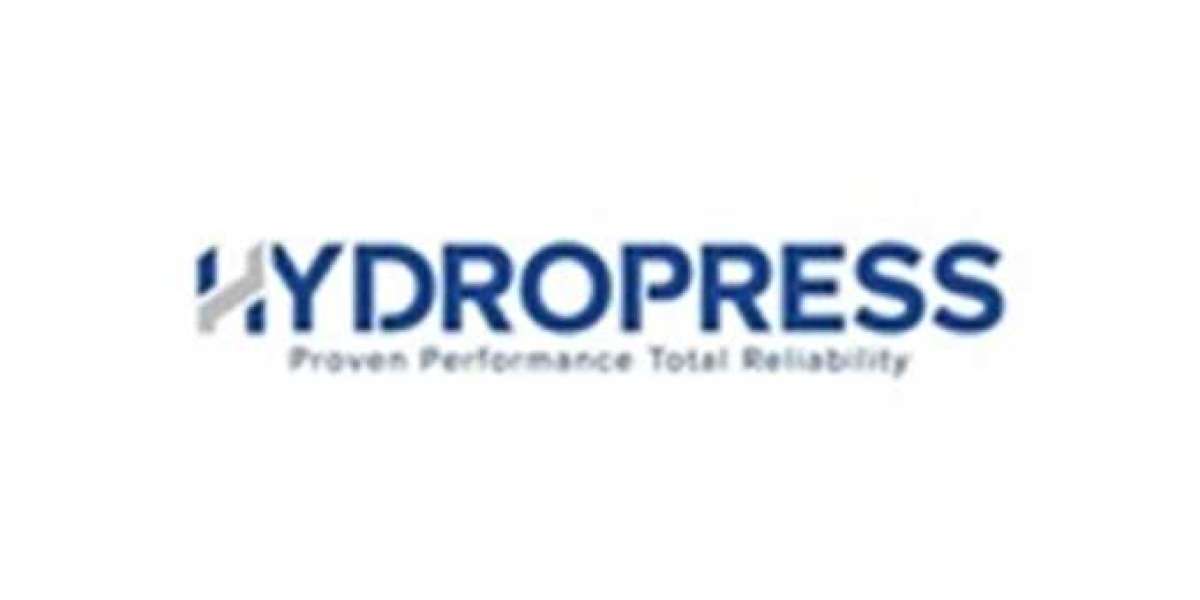In the competitive world of digital marketing, SEO (Search Engine Optimization) is not just a choice; it's a necessity. It is the driving force behind organic traffic, improved search rankings, and sustained online visibility. For B2B (Business-to-Business) companies, the stakes are even higher because the sales cycles are longer, decision-making involves multiple stakeholders, and the market dynamics are more complex. One of the often-overlooked elements of a successful B2B SEO strategy is pricing. How you structure and approach B2B pricing can profoundly impact the effectiveness of your SEO efforts and the value you derive from them.SEO Services, Freelancer, Local SEO Expert, Specialist in ireland
B2B pricing in SEO is not just about numbers; it’s a strategic tool that can transform how companies position themselves in search results, allocate resources, and achieve long-term growth. Let’s explore how leveraging B2B pricing in your SEO strategy can open doors to new opportunities and elevate your online presence.
Understanding the Role of B2B Pricing in SEO
B2B pricing in SEO isn't merely about the costs of outsourcing or hiring an in-house team. It’s about aligning the pricing model with business goals, understanding the value of services, and optimizing the ROI (Return on Investment). In a B2B environment, the pricing for SEO services must account for the complexity of products or services, competitive landscapes, and the need for highly customized solutions.
Here’s why pricing plays a critical role in shaping your SEO strategy:
Resource Allocation: Pricing structures help businesses allocate budgets effectively, ensuring the most critical aspects of SEO are addressed without overspending.
Long-term Planning: B2B pricing models often involve recurring costs or retainers, allowing businesses to plan their SEO efforts over extended periods for sustainable growth.
Strategic Customization: Different pricing tiers or models enable businesses to choose the services that align with their specific goals and market needs.
Elements That Influence B2B Pricing in SEO
Crafting a robust SEO strategy starts with understanding the factors that impact pricing. Unlike B2C (Business-to-Consumer) SEO, which may focus on broader audiences, B2B SEO targets specific niches and often involves higher stakes.
1. Industry and Market Dynamics
Certain industries, like technology, healthcare, or finance, are highly competitive in the digital space. Ranking in these markets often requires advanced techniques such as in-depth keyword analysis, high-quality content, and authoritative link-building strategies. Consequently, the pricing for SEO in such industries tends to be higher compared to less competitive markets.
2. Complexity of Offerings
B2B companies often deal with complex products or services that require detailed explanations, technical content, and tailored messaging. This increases the workload for SEO agencies, influencing the pricing structure.
3. Geographic Reach
A B2B business targeting local clients will have different SEO requirements compared to one with a global audience. International SEO involves additional challenges like multi-language content, region-specific keywords, and cultural nuances, which can drive up costs.
4. Technical SEO Requirements
The technical aspects of a website, such as page speed optimization, mobile responsiveness, and structured data, play a significant role in SEO performance. These tasks require specialized expertise and can affect pricing.
5. Volume of Content Creation
Content remains king in the world of SEO. B2B companies often need industry-specific blogs, whitepapers, case studies, and product descriptions to attract and retain their target audience. The volume and quality of content required directly impact the pricing.
Common B2B Pricing Models for SEO
To transform your SEO strategy, it’s essential to choose the right pricing model that aligns with your business goals. Here are some of the most common B2B SEO pricing structures:
1. Retainer-Based Pricing
In this model, businesses pay a fixed monthly fee for ongoing SEO services. This approach is ideal for companies looking for consistent efforts to improve their search rankings over time. A retainer model fosters a partnership mindset and ensures that the SEO agency is continuously working toward long-term goals.
2. Project-Based Pricing
Some businesses prefer to pay for SEO on a project basis, particularly when they need specific deliverables, such as a website audit or content optimization. While this model offers clarity and predictability, it may not be suitable for long-term SEO needs.
3. Hourly Pricing
This flexible model is based on the hours spent by the SEO team on specific tasks. It works well for businesses that require ad hoc services or have short-term projects. However, it requires clear communication to avoid misunderstandings about billable hours.
4. Performance-Based Pricing
In performance-based pricing, the agency charges based on achieved outcomes, such as higher search rankings, traffic growth, or lead generation. While this model is results-driven, it’s important to set realistic and measurable goals to ensure mutual satisfaction.
5. Tiered Pricing
Tiered pricing involves different packages that cater to varying levels of service needs. For example:
Basic Package: Covers fundamental SEO tasks like keyword research and on-page optimization.
Standard Package: Includes additional services such as content creation and link building.
Premium Package: Offers advanced strategies like technical SEO audits, data analytics, and competitor analysis.
Transforming Your SEO Strategy with Smart Pricing
Adopting the right B2B pricing model can significantly enhance the effectiveness of your SEO strategy. Here’s how:
1. Improved ROI Management
B2B pricing allows businesses to measure the return on investment more accurately. By aligning the pricing model with specific KPIs (Key Performance Indicators), you can track how your SEO efforts are contributing to business goals.
2. Prioritization of Resources
Pricing structures help you identify which areas of SEO need the most attention. For example, if your website struggles with visibility in highly competitive keywords, you can allocate a larger budget toward advanced keyword strategies or high-quality content.
3. Scalability
A well-structured pricing model allows you to scale your SEO efforts as your business grows. Whether it’s expanding into new markets or targeting additional keywords, pricing flexibility ensures that your strategy evolves with your goals.
4. Enhanced Customization
B2B pricing models often allow for greater customization. You can choose specific services based on your unique needs, ensuring that your SEO strategy aligns closely with your business objectives.
Best Practices for B2B Companies
To make the most of B2B pricing in SEO, companies should keep the following practices in mind:
Define Clear Goals: Understand what you want to achieve with SEO—whether it’s generating leads, building brand authority, or increasing organic traffic.
Evaluate Providers Carefully: Compare multiple SEO agencies, their pricing structures, and what’s included in their services. Choose a provider that aligns with your business values and needs.
Focus on Quality Over Cost: While cost-efficiency is important, don’t compromise on quality. Investing in high-quality SEO services delivers better long-term results than opting for cheaper, low-impact solutions.
Leverage Analytics: Regularly monitor the performance of your SEO strategy using analytics tools. This ensures that your budget is being utilized effectively and helps you refine your approach.
Stay Flexible: As your business evolves, your SEO needs will change. Ensure that your pricing model and strategy are adaptable to new challenges and opportunities.
The Future of B2B Pricing in SEO
As SEO technology advances and competition intensifies, B2B pricing models are expected to become even more dynamic and data-driven. Predictive analytics, AI-powered tools, and machine learning algorithms will likely influence how pricing is structured, enabling businesses to achieve higher precision in their strategies.
In the future, agencies might adopt hybrid pricing models that combine elements of retainer-based, performance-based, and tiered structures. This approach would offer greater flexibility and value to businesses, allowing them to achieve their SEO goals while staying within budget.
Conclusion
B2B pricing is a transformative tool in your SEO strategy. By understanding its nuances and aligning the right model with your business objectives, you can unlock new levels of growth and visibility in the digital marketplace. It’s not just about paying for a service; it’s about investing strategically in your online future. With the right pricing structure, your SEO efforts can deliver sustained success, driving your business toward its goals with precision and confidence.
See also-
how to keep employees happy motivated
social media optimization smoservices
how to list your business on google
how to grow your online business or store presence fast
whyisnt-my business showing up on googlesearch











